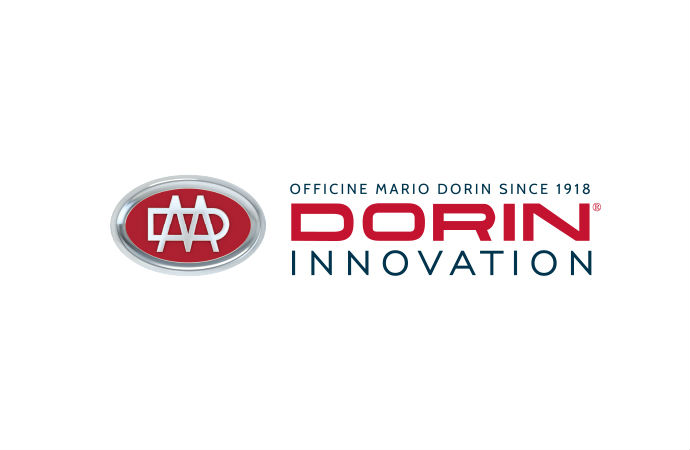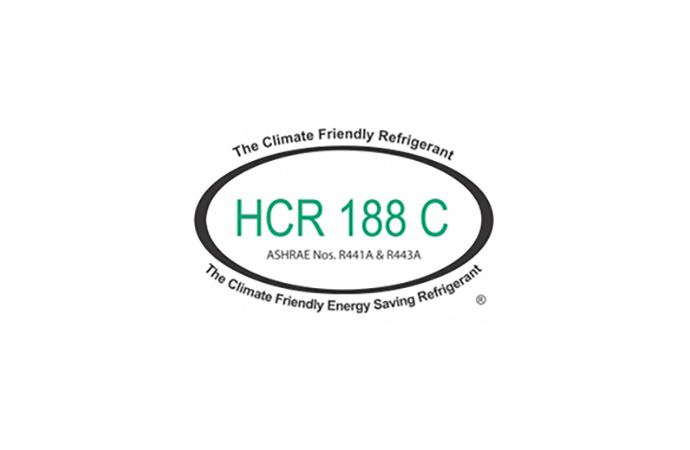According to a new report by the World Resources Institute (WRI) ‘Can the US get there from here?’ the United States is currently not on track to reach its stated goal of reducing greenhouse gas (GHG) emissions by 17% by 2020 (below 2005 levels), but it has the tools to get there. Reducing HFCs represents the biggest opportunity for GHG emissions reductions behind power plants.

The new analyses, ‘Can the US get there from here?’ explores specific steps the Administration and states can take to reduce GHG emissions under the current laws and through state-level action. The reductions actually achieved will depend on the US Administration’s level of ambition, including that of executive agencies such as the US Environmental Protection Agency (EPA).
Opportunity to reduce HFCs
In 2010, HFCs represented only 2% of all US global warming pollution. Despite their relatively small share today, the analysis finds HFCs can provide some of the greatest reductions by 2020 and through 2035. According to the report, action to phase out certain HFCs is necessary to close the emissons gap of 23% between business-as-usual and the 2020 target of an overall 17% emissions reduction, compared to 2005 levels.
The US EPA has existing authority to regulate HFC consumption under Title VI of the Clean Air Act. The phase-down of HFCs could be implemented under its Significant New Alternatives Program (SNAP), implementing section 612 of the Clean Air Act, which calls for replacement of ozone-depleting substances with substitutes that reduce the overall risk to human health and the environment. In its report, ‘Benefits of Addressing HFCs under the Montreal Protocol’, EPA notes that the most promising options for reducing HFC consumption through the SNAP program include:
The US Administration has proposed an international phase-down schedule to achieve reductions worldwide under the Montreal Protocol. That proposal calls for an 85% reduction in production and consumption of HFCs by 2033 in the U.S. and other developed countries compared to 2005-2008 levels.
The report characterises three emissions scenarios based on different levels of effort by federal and state actors:
Overall, the report concludes that only with ‘go-getter’ ambition by the US Administration can the United States achieve emissions reductions using current law that meet or exceed the Copenhagen commitment to reduce global warming pollution by at least 17% below 2005 levels by 2020.
About WRI
Launched in 1982, the World Resources Institute (WRI) is a global environmental think thank, a centre for policy research and analysis addressed to global resource and environmental issues. WRI’s work involves projects on aspects of global climate change, sustainable markets, ecosystem protection and environmentally responsible governance.
Opportunity to reduce HFCs
In 2010, HFCs represented only 2% of all US global warming pollution. Despite their relatively small share today, the analysis finds HFCs can provide some of the greatest reductions by 2020 and through 2035. According to the report, action to phase out certain HFCs is necessary to close the emissons gap of 23% between business-as-usual and the 2020 target of an overall 17% emissions reduction, compared to 2005 levels.
The US EPA has existing authority to regulate HFC consumption under Title VI of the Clean Air Act. The phase-down of HFCs could be implemented under its Significant New Alternatives Program (SNAP), implementing section 612 of the Clean Air Act, which calls for replacement of ozone-depleting substances with substitutes that reduce the overall risk to human health and the environment. In its report, ‘Benefits of Addressing HFCs under the Montreal Protocol’, EPA notes that the most promising options for reducing HFC consumption through the SNAP program include:
- “Substituting HFCs with low-GWP or no-GWP substances in a variety of applications;
- Implementing new technologies that use, at installation and/or over the lifetime of the equipment, no or significantly lower amounts of HFCs; and,
- Various process and handling options—including the principles of refrigerant recovery and management implemented during the CFC phaseout—that reduce consumption during the manufacture, use, and disposal of products that contain or use HFCs.”
The US Administration has proposed an international phase-down schedule to achieve reductions worldwide under the Montreal Protocol. That proposal calls for an 85% reduction in production and consumption of HFCs by 2033 in the U.S. and other developed countries compared to 2005-2008 levels.
The report characterises three emissions scenarios based on different levels of effort by federal and state actors:
- ‘Lackluster’: Consumption phase-down occurs three years later than the schedule detailed in the joint North American proposal;
- ‘Middle-of-the-road’: Consumption phase-down is consistent with the schedule of the joint North American proposal;
- ‘Go-getter’: Consumption is ramped-down more rapidly than in the joint North American Proposal, achieving the 85 percent reduction target in 2028, five years earlier than detailed in the joint North American Proposal.
Overall, the report concludes that only with ‘go-getter’ ambition by the US Administration can the United States achieve emissions reductions using current law that meet or exceed the Copenhagen commitment to reduce global warming pollution by at least 17% below 2005 levels by 2020.
About WRI
Launched in 1982, the World Resources Institute (WRI) is a global environmental think thank, a centre for policy research and analysis addressed to global resource and environmental issues. WRI’s work involves projects on aspects of global climate change, sustainable markets, ecosystem protection and environmentally responsible governance.
MORE INFORMATION
Related stories












